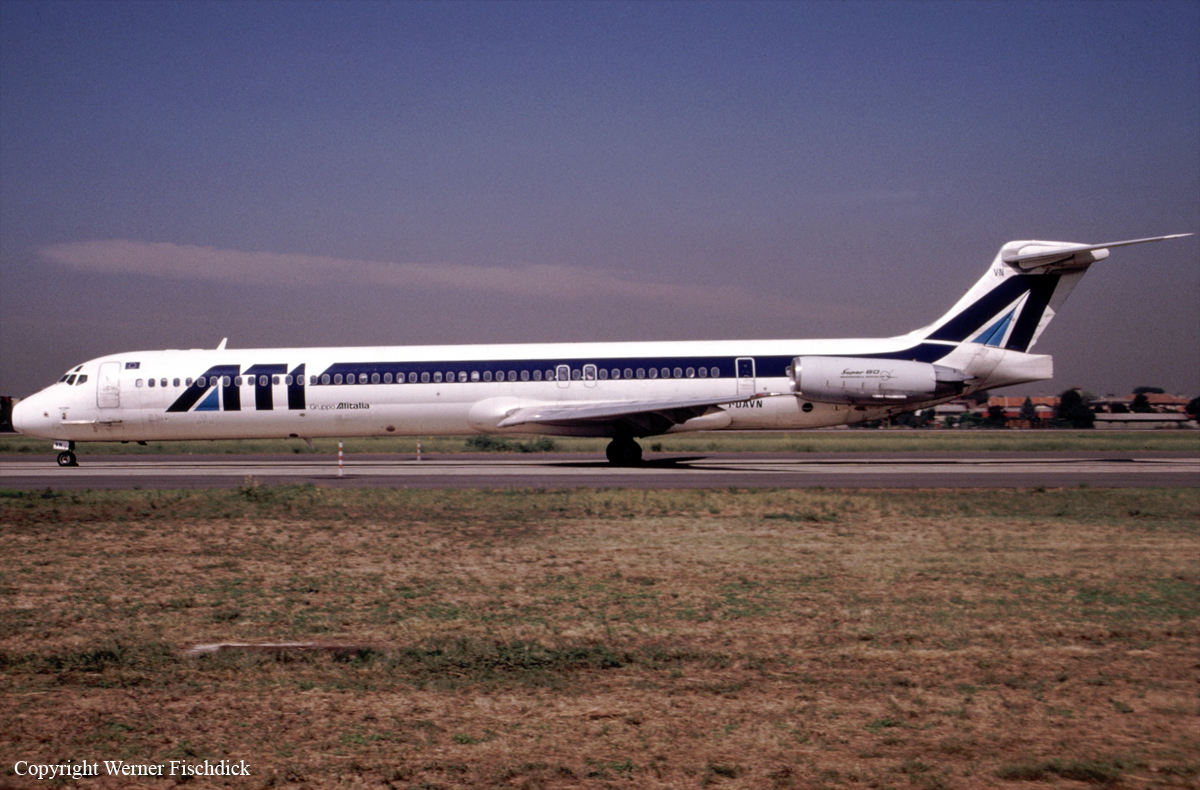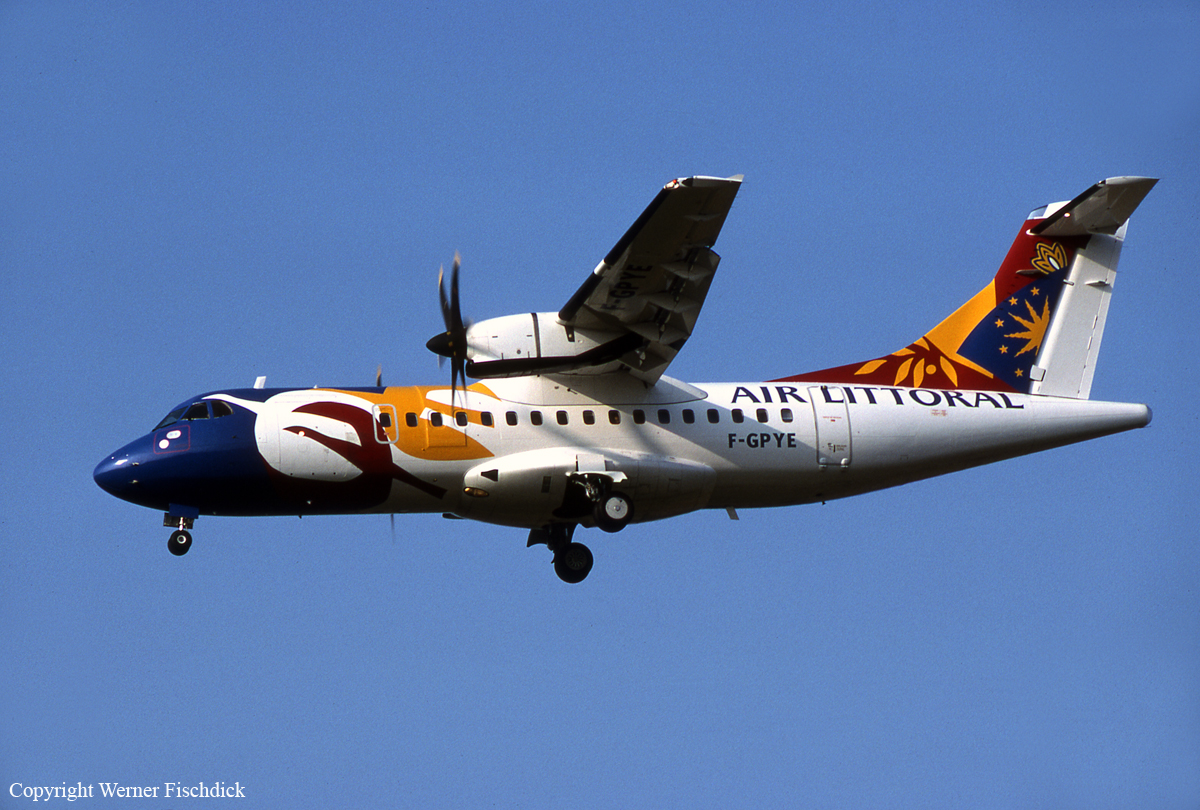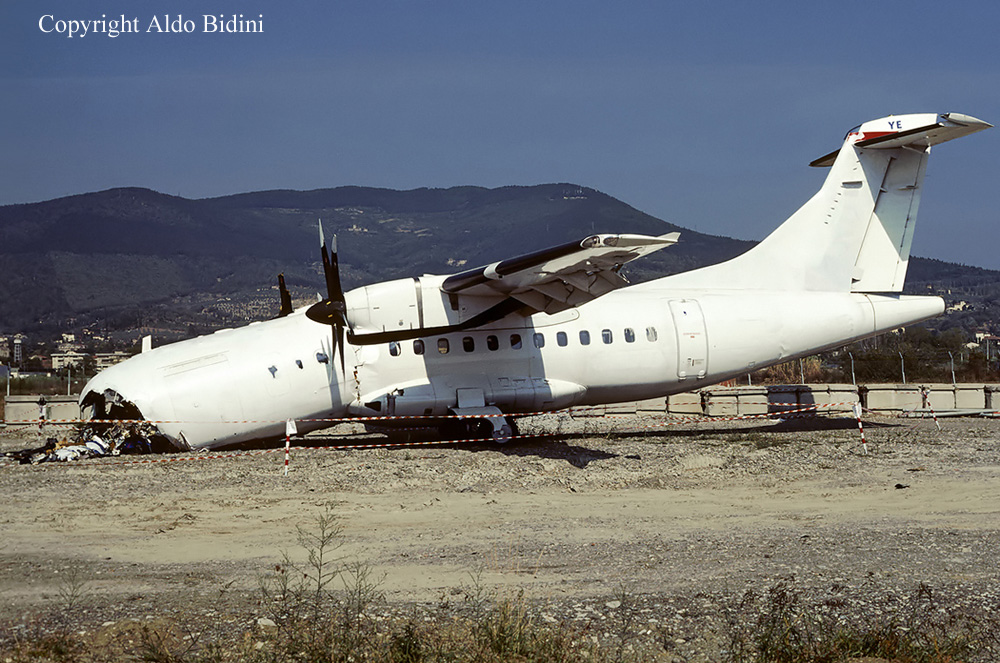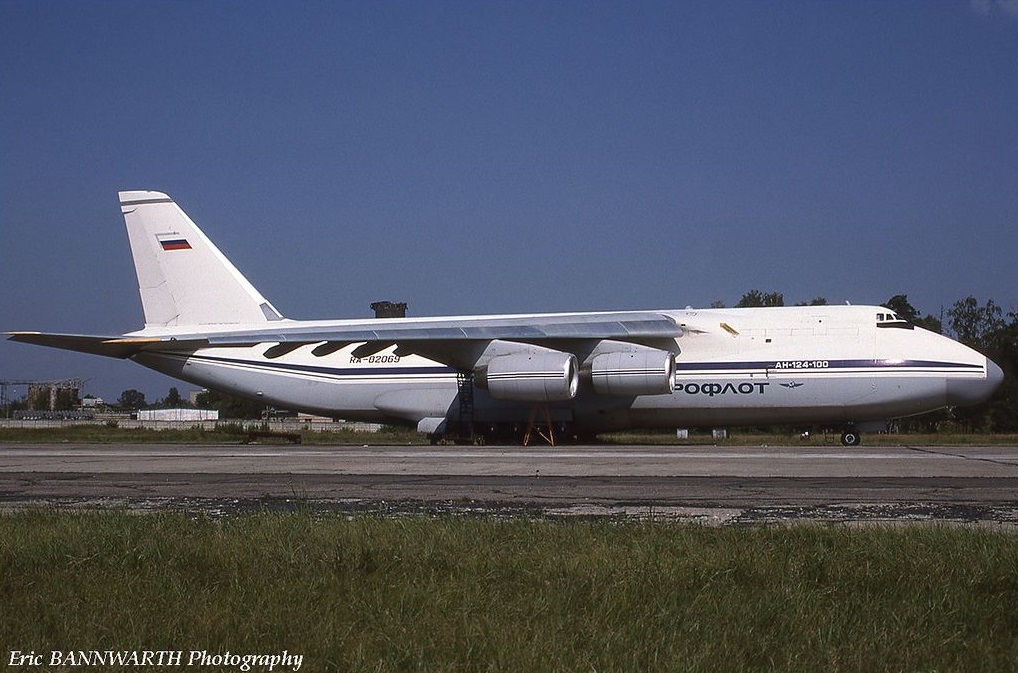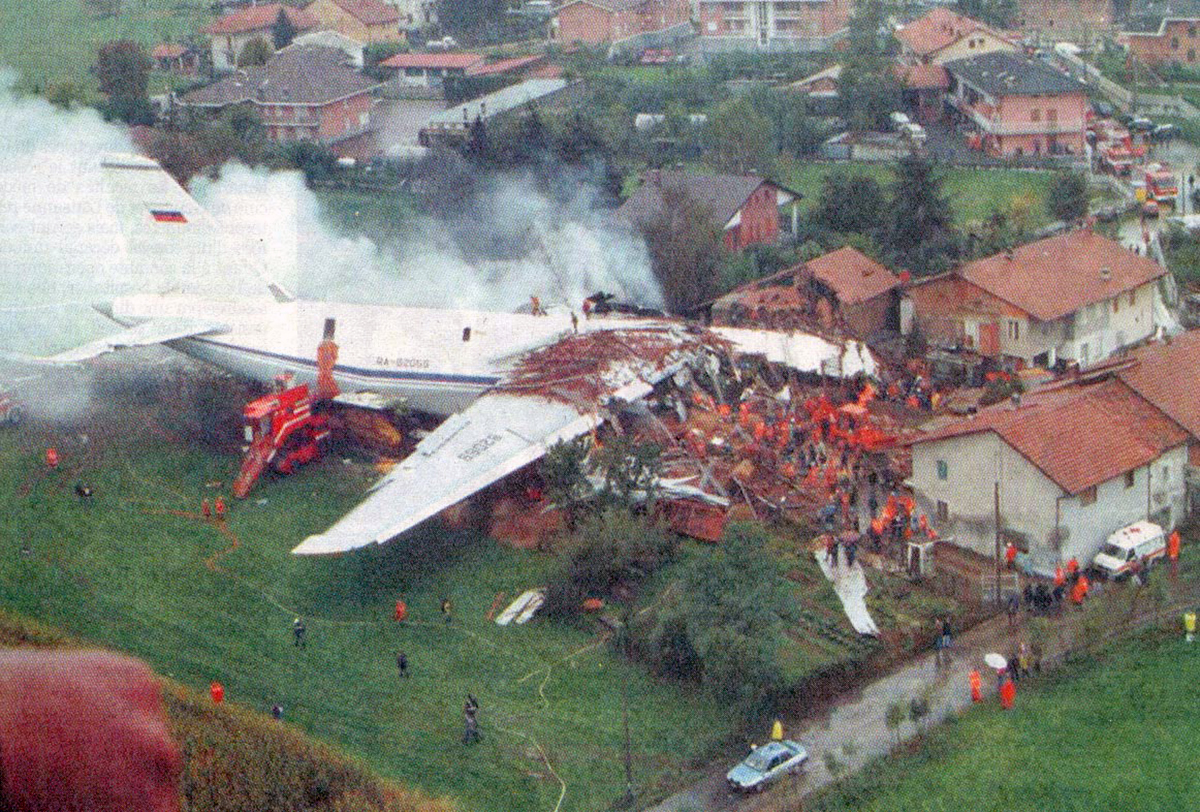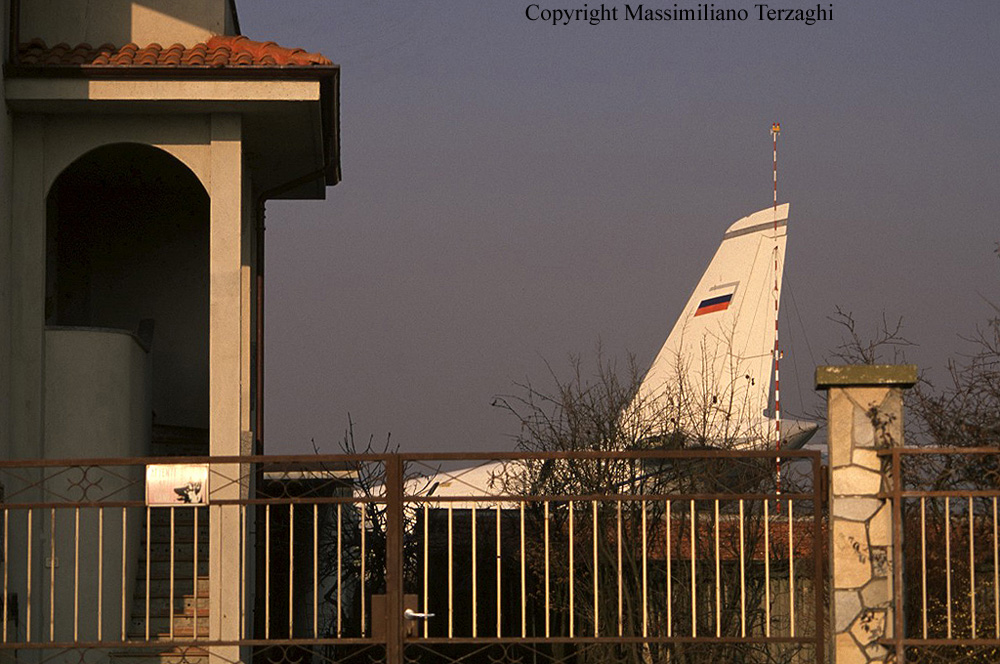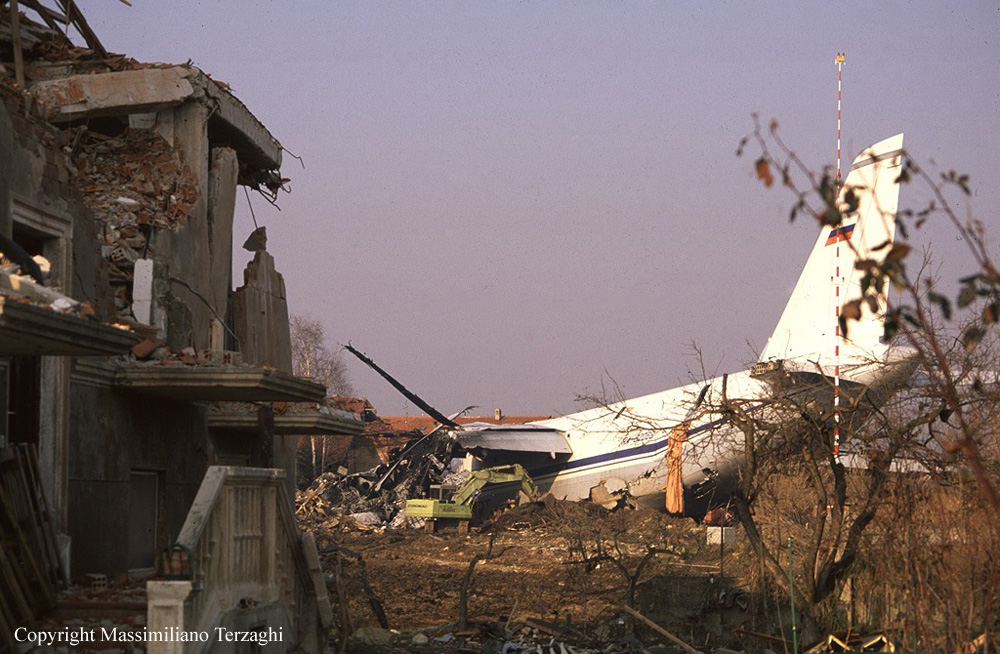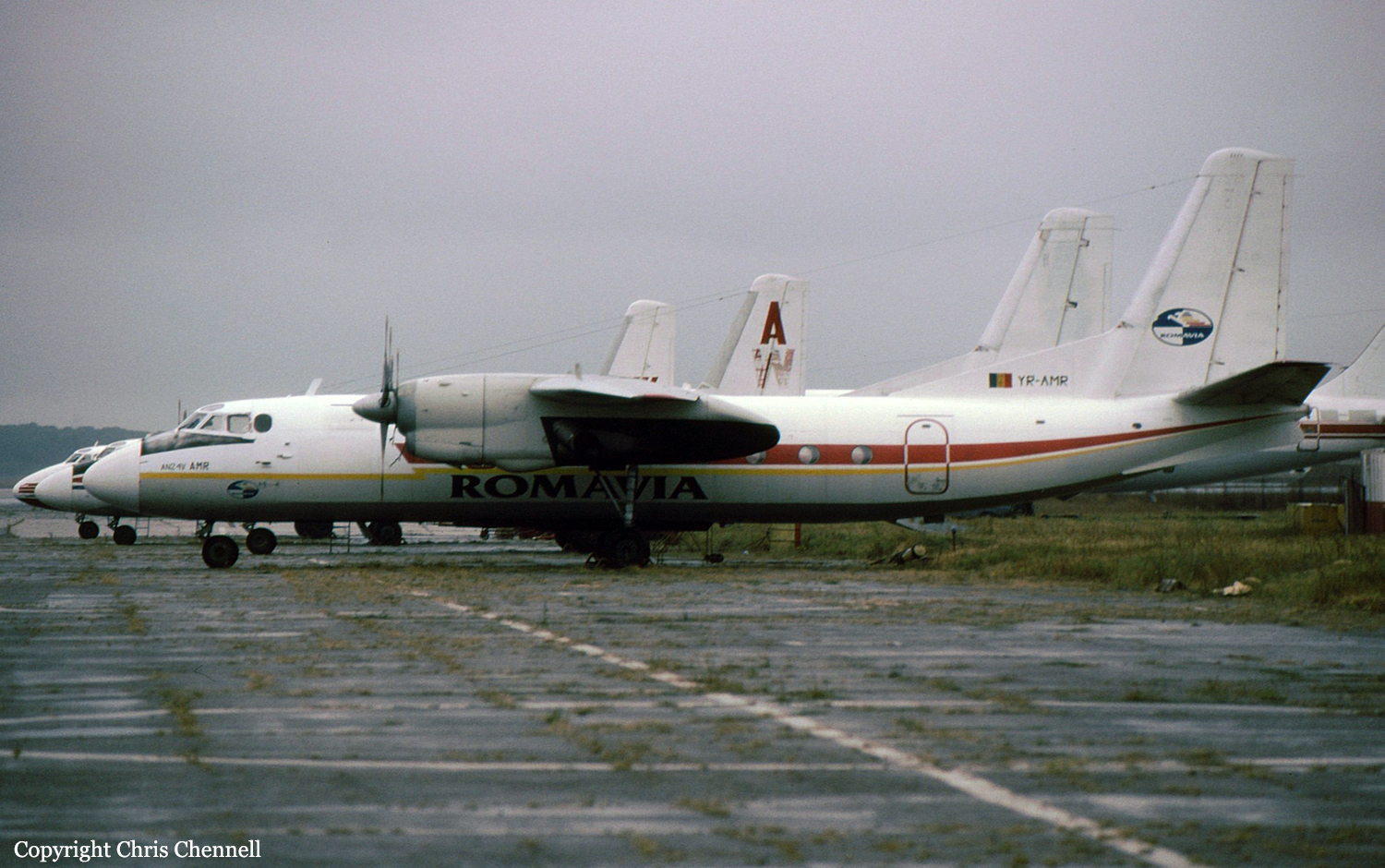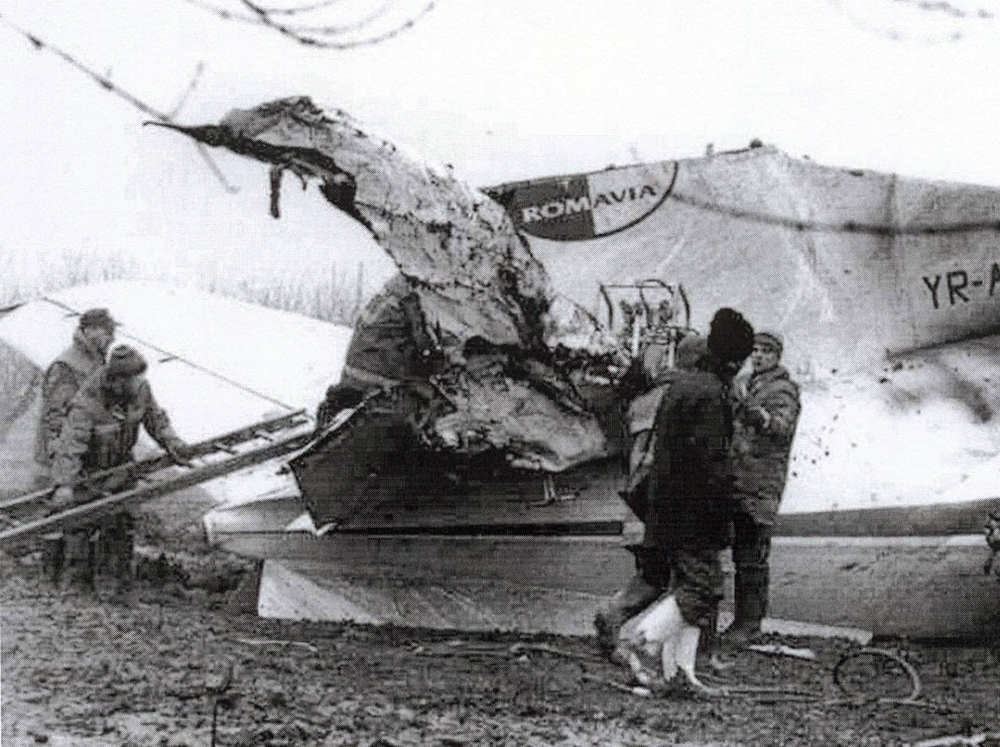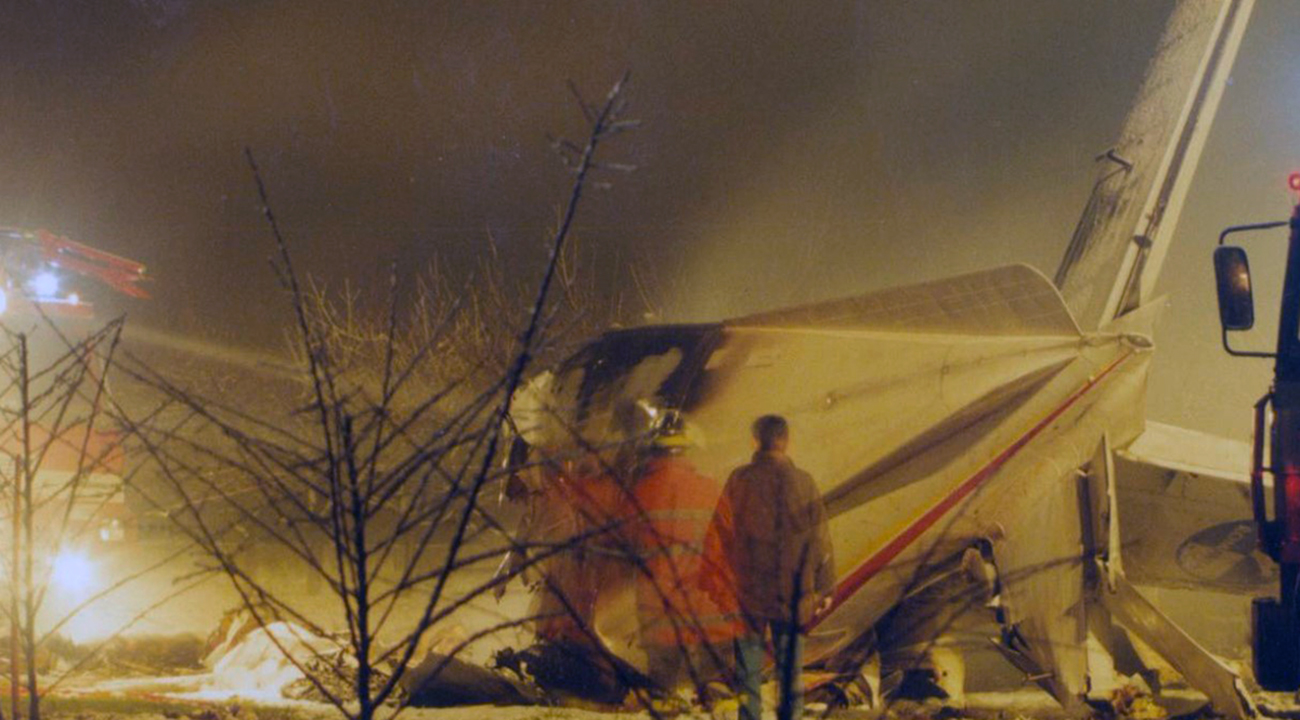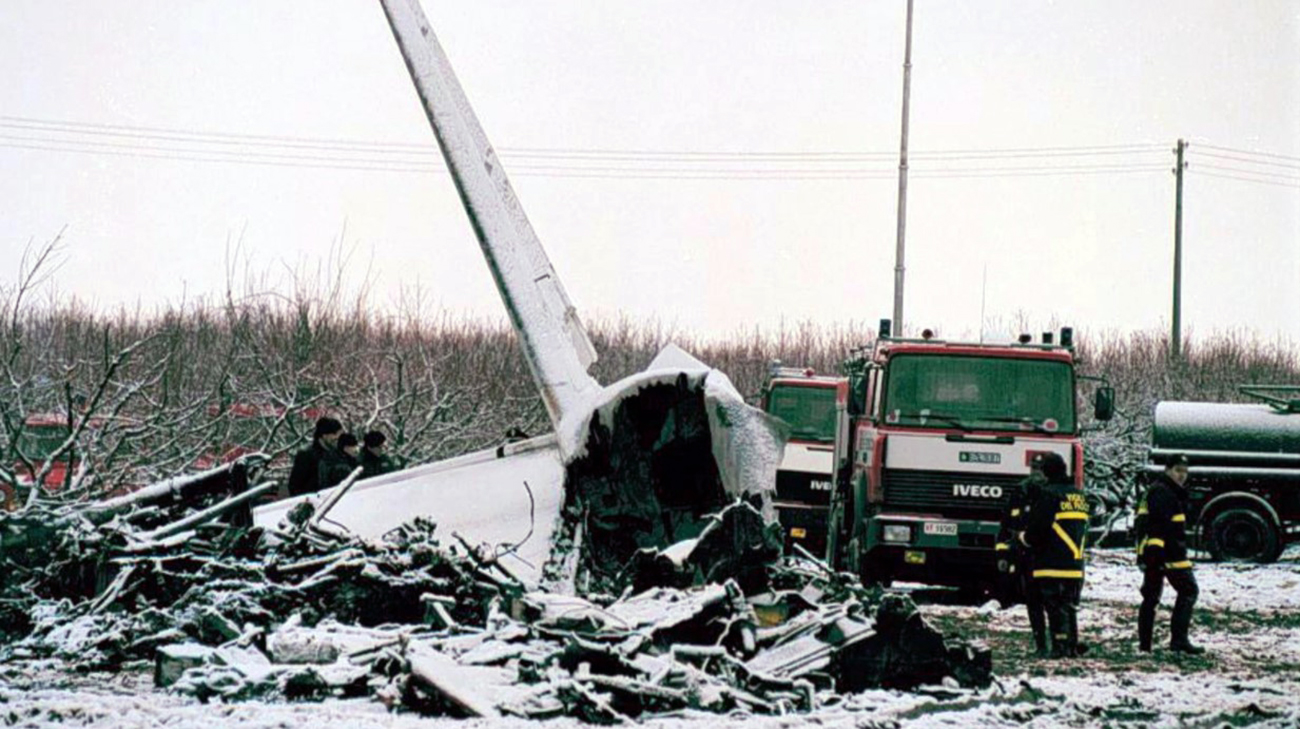Crash of a McDonnell Douglas MD-82 in Catania
Date & Time:
Jan 28, 1999 at 2115 LT
Registration:
I-DAVN
Survivors:
Yes
Schedule:
Naples - Catane
MSN:
49435
YOM:
1988
Crew on board:
6
Crew fatalities:
Pax on board:
78
Pax fatalities:
Other fatalities:
Total fatalities:
0
Circumstances:
On short final to Catania-Fontanarossa Airport by night, at a height of about 100 feet, the aircraft became unstable. The captain decided to initiate a go-around procedure and increased power on both engines. Unfortunately, the aircraft continued to descent and struck the runway surface with a relative high positive acceleration. Upon touchdown, the left main gear collapsed and the aircraft slid on the runway for few hundred metres before coming to rest. All 84 occupants escaped uninjured while the aircraft was damaged beyond repair.
Probable cause:
It is believed that the crew encountered windshear during the last portion of the flight.
